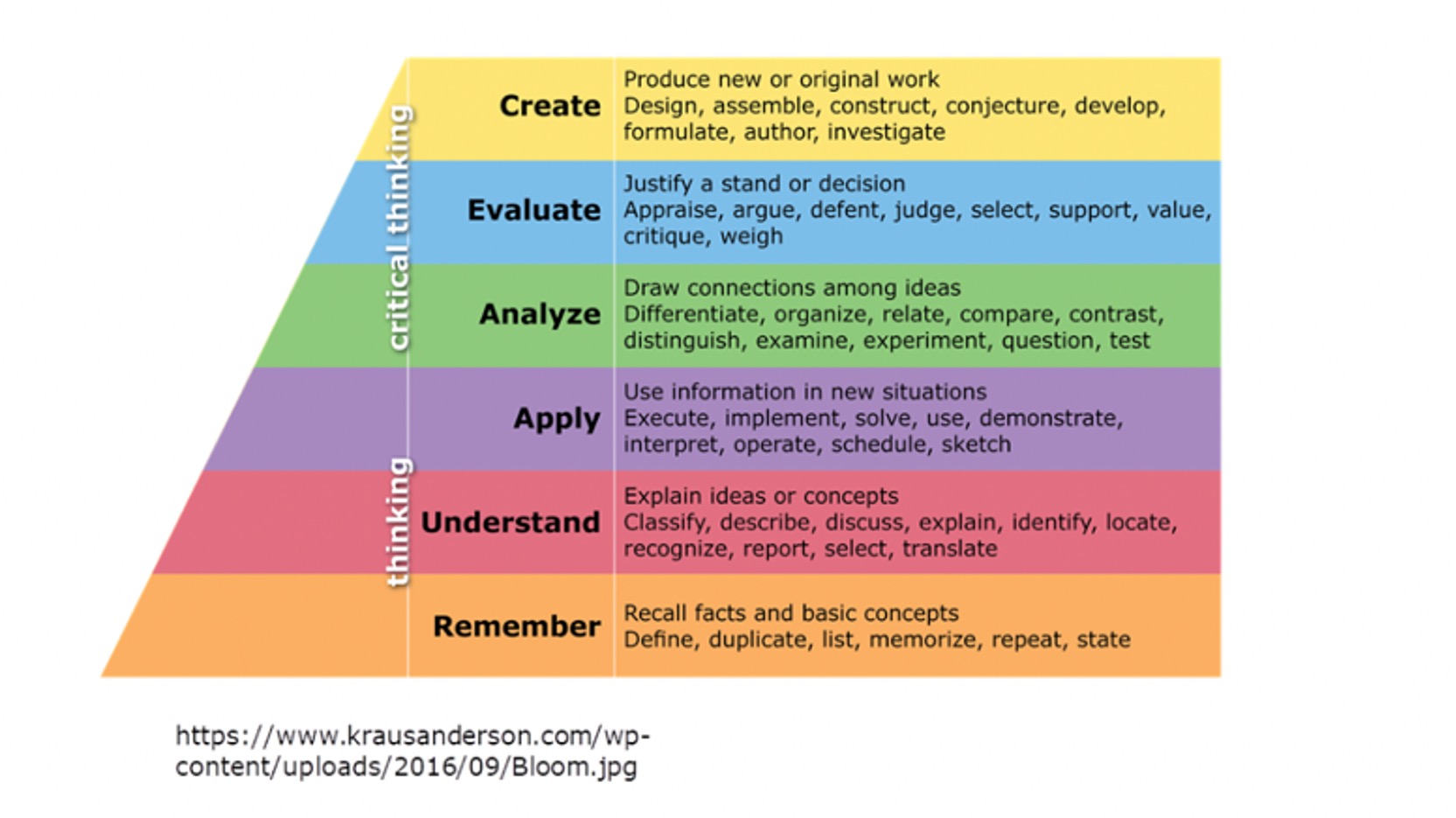
Dear Aggie,
I have recently started to plan my courses using the backward design process. I began by creating measurable learning objectives, as you suggested to us in your last Dear Aggie column. I am now in the process of reviewing types of assignments to include in my course, and I have read that it is important to align my assessments with my course objectives. What does that mean?
~Desperately Seeking Alignment
Dear Desperately Seeking,
Congratulations on creating measurable learning objectives! Knowing where you want your students to end up after taking your course is the critical first step to backward course design and building a foundation of learning.
The second critical step is the one you’re initiating: aligning assessments to your learning objectives.
Well aligned assessments can show you how well your students have learned what you want them to learn and point to gaps in their understanding. On the other hand, failing to align assessments and objectives undermines learning and leads to greater anxiety for your students.
When deciding on what types of assessments to implement ask yourself, “What kinds of tasks will help my students demonstrate that they have mastered the learning objectives I identified?” You can use your learning objectives as clues to the types of assessments you want to include.
As you know from our post on learning objectives, Bloom’s Taxonomy illustrates a hierarchy of “cognitive processes” through which students work with or demonstrate knowledge. You can use the verbs included in the taxonomy to help you design assignments.
Below is a visual you can use for Bloom’s Taxonomy hierarchy: Let’s look how you might align assessments to your learning objectives using Hopper’s (2007) example of Goldilocks and the three bears.

Your learning objective may be, “After completing the learning unit, students will be able to list what Goldilocks did while in the three bears’ home.” The verb “list” corresponds to the Remember category of Bloom’s Taxonomy, the most foundational level. Remember requires students to demonstrate recall. An aligned assessment might ask students to identify Goldilocks' acts on a matching or multiple-choice question.
A misaligned assessment would be to ask students to “Explain why Goldilocks liked baby bear’s bed best.” This task assumes your students can explain Goldilocks' choice rather than merely identify what she did while in their home. On Bloom’s Taxonomy, explaining is one level higher (Understand) than identifying (Remember).
Teaching Academy’s Digital Faculty Fellows are here to help you add tools to your teaching toolbox. We can help you align assessments to your learning objectives and more. Join us for "Ready-Set-Launch!", an interactive workshop designed to provide you with the guidance, motivation and creative space to revitalize your course. For more information and to register for this 4-part workshop, please visit Ready-Set-Launch!
~Aggie
Guest columnist Chadrhyn Pedraza contributed this week's post.
If you have a teaching question for Dear Aggie, please e-mail her at dearaggie@nmsu.edu